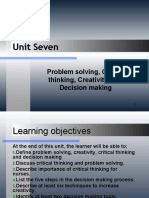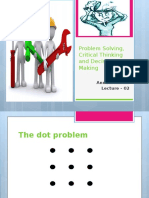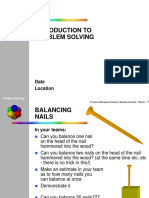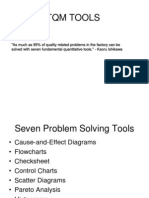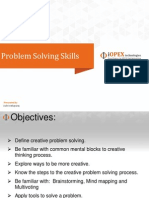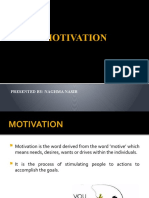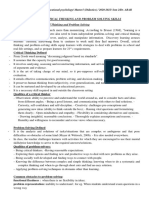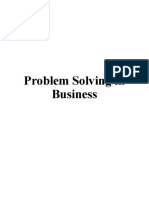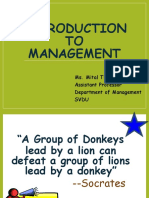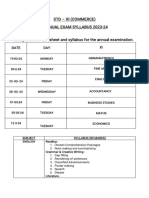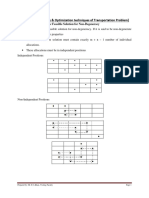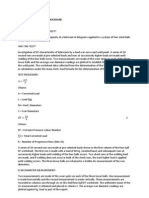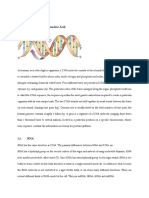50% found this document useful (2 votes)
753 views47 pagesProblem Solving
This document provides an overview of creative problem solving. It defines what a problem is and explains why organizations should solve problems. It then outlines the key phases in the problem solving process and different types of problems. Finally, it discusses the basic requirements, attitudes, and techniques needed for effective problem solving, such as brainstorming, Ishikawa charts, and SWOT analysis. The overall summary is that creative problem solving is a structured process to identify and resolve issues in a way that improves performance.
Uploaded by
AmrCopyright
© © All Rights Reserved
We take content rights seriously. If you suspect this is your content, claim it here.
Available Formats
Download as PDF, TXT or read online on Scribd
50% found this document useful (2 votes)
753 views47 pagesProblem Solving
This document provides an overview of creative problem solving. It defines what a problem is and explains why organizations should solve problems. It then outlines the key phases in the problem solving process and different types of problems. Finally, it discusses the basic requirements, attitudes, and techniques needed for effective problem solving, such as brainstorming, Ishikawa charts, and SWOT analysis. The overall summary is that creative problem solving is a structured process to identify and resolve issues in a way that improves performance.
Uploaded by
AmrCopyright
© © All Rights Reserved
We take content rights seriously. If you suspect this is your content, claim it here.
Available Formats
Download as PDF, TXT or read online on Scribd
/ 47
